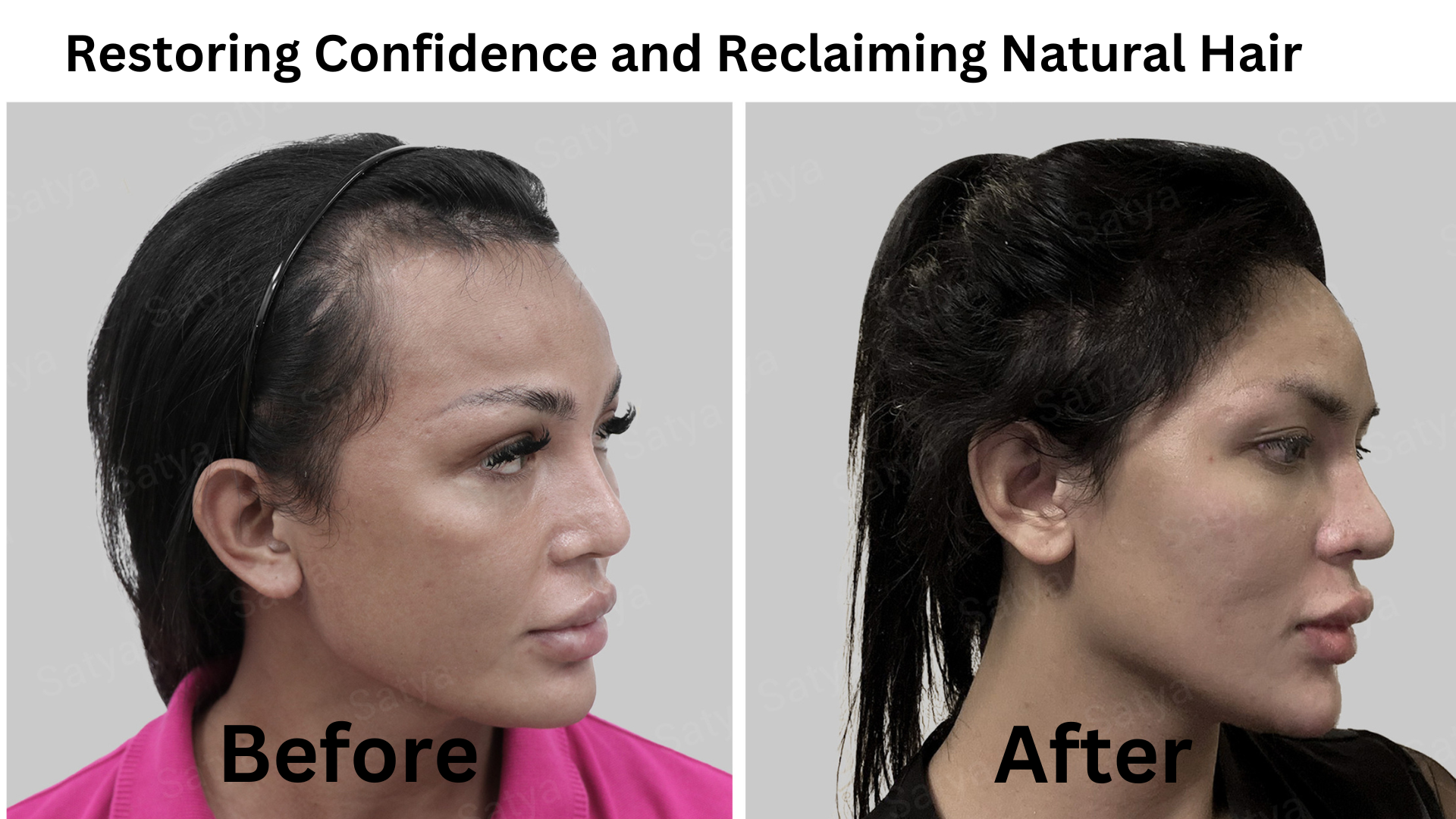Hair loss has long been a concern for many, and while traditional hair transplant methods have offered hope, they come with limitations. Enter synthetic hair transplants, a revolutionary approach that’s transforming the field of hair restoration. Here’s a breakdown of this groundbreaking procedure:
Understanding Synthetic Hair Transplants
Synthetic hair transplant involves the use of artificial or synthetic fibers instead of human hair for transplantation. These fibers mimic the appearance and texture of natural hair, offering a viable solution for those seeking effective and long-lasting results.
The Technology Behind Synthetic Hair
Innovations in materials science have led to the development of high-quality synthetic fibers that closely resemble real hair. These fibers are designed to be biocompatible, durable, and seamlessly integrated into the scalp.
Advantages Over Traditional Transplants
Unlike traditional transplants that rely on the availability of donor hair, synthetic transplants offer a wide range of customizable options. Patients can choose color, texture, and length, providing a personalized solution tailored to individual preferences.
Minimal Invasive Procedure
Synthetic hair transplants typically involve a less invasive procedure compared to traditional methods. This often translates to reduced downtime and quicker recovery for patients.
Longevity and Durability
Synthetic fibers are engineered for longevity, offering a lasting solution for hair loss. They are resistant to environmental factors and maintain their appearance over an extended period, providing a reliable and durable result.
Addressing Challenges and Future Prospects
Ongoing research aims to further enhance the quality and natural appearance of synthetic hair, striving for an even more seamless integration and indistinguishable look compared to natural hair.
Meeting Diverse Needs
Synthetic hair implant to a broader spectrum of patients, including those with limited donor hair or specific conditions that may restrict the use of traditional transplants, offering hope to a wider demographic.
Conclusion: A New Era in Hair Restoration
Synthetic hair transplants represent a significant leap forward in the realm of hair restoration, providing a promising alternative to traditional methods. As technology continues to advance, these innovations pave the way for a future where effective and personalized solutions for hair loss become increasingly accessible to all.
Whether it’s addressing cosmetic concerns or offering hope to those with challenging hair loss situations, synthetic hair transplants mark a transformative milestone in the quest for natural-looking, durable, and customizable hair restoration options.

